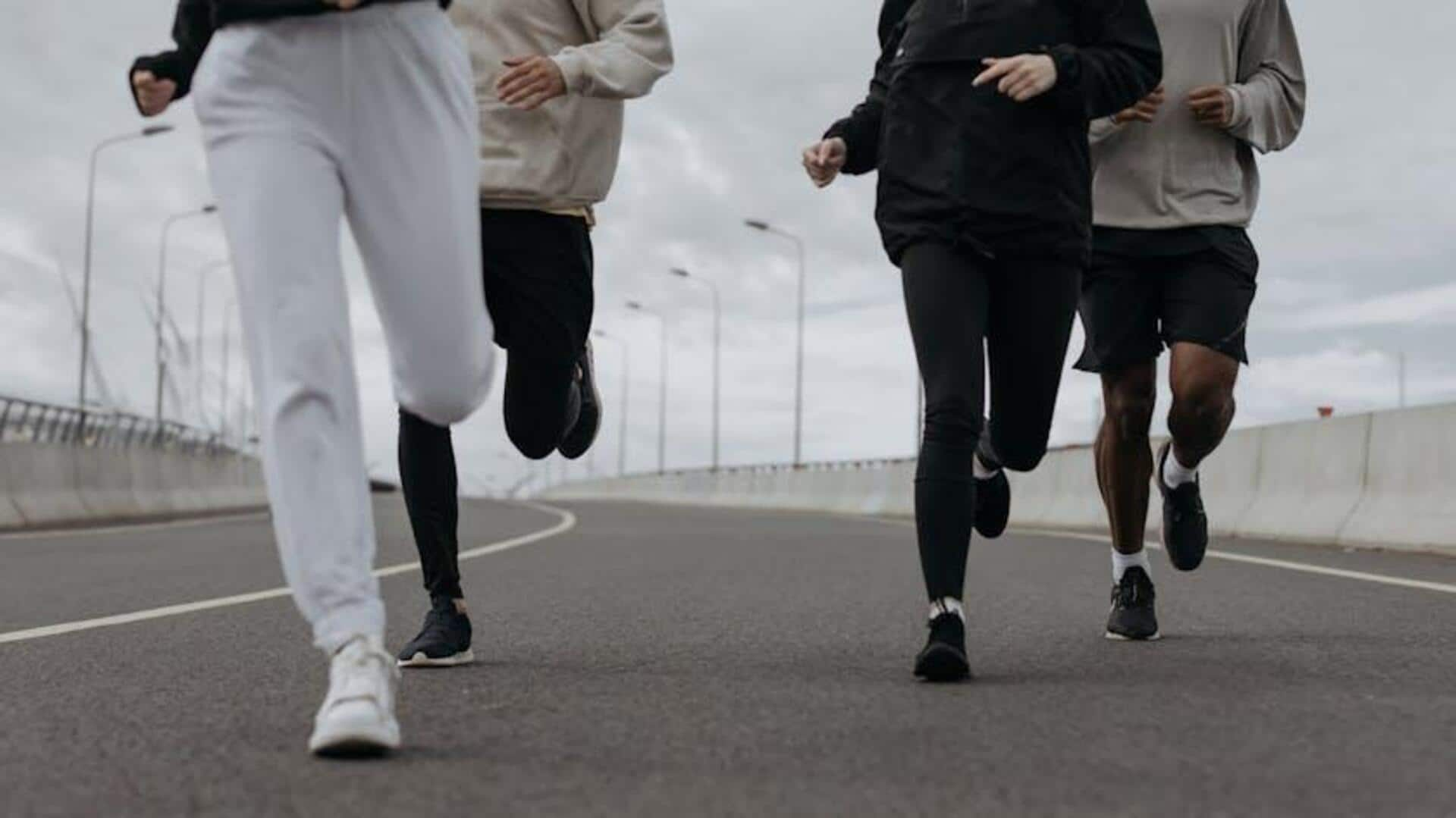
Rollerblading v/s jogging: Which keeps you fitter?
What's the story
Rollerblading and jogging are two of the most popular activities for improving endurance and coordination. Both have their own unique benefits, making them the go-to choice for different people depending on their fitness goals. While rollerblading gives you a low-impact workout and engages multiple muscle groups, jogging is a more conventional cardio workout that can be performed almost anywhere. Here's what they differ.
Heart health
Cardiovascular benefits of each activity
Everyone knows jogging does wonders for the heart, making it stronger and improving blood circulation. It elevates the heart rate a lot, leading to better oxygen movement in the body. Rollerblading also serves cardiovascular benefits by employing large muscle groups in a rhythmic movement, which enhances heart health like jogging but with lesser shock to the joints.
Muscle focus
Muscle engagement differences
Rollerblading mainly targets the lower body, including muscles like quadriceps, hamstrings, calves, and glutes. The lateral motion also activates stabilizing muscles around the hips and core. Jogging is more about building the endurance of leg muscles while offering moderate engagement of core muscles due to the forward motion.
Joint stress
Impact on joints
Jogging can be hard on joints as it involves repetitively hitting hard surfaces such as concrete or asphalt. This can cause discomfort or injury over time if you don't wear proper footwear or your technique is poor. Since rollerblading is all about gliding rather than pounding movements, it provides a smoother ride with less shock on joints.
Energy expenditure
Caloric burn comparison
Both rollerblading and jogging are great for burning calories, but they do so at different paces. This is based on the intensity levels you maintain during each activity session. Jogging usually burns more calories per minute than rollerblading. This is when done at comparable intensities due to the higher energy demands. These demands come from constant running motion vs the intermittent gliding strides in rollerblade workouts.